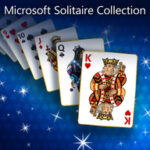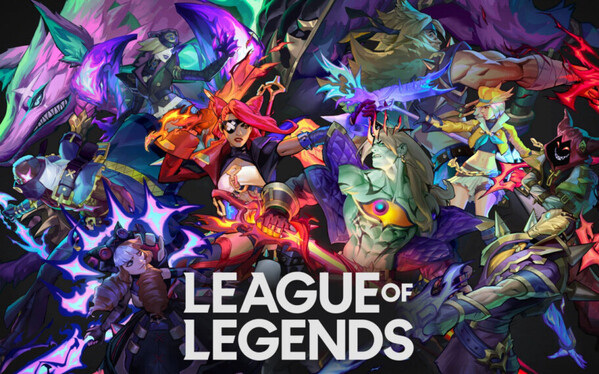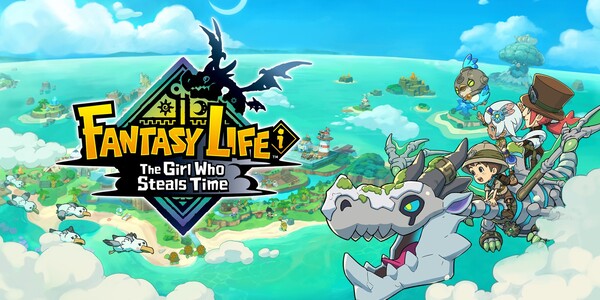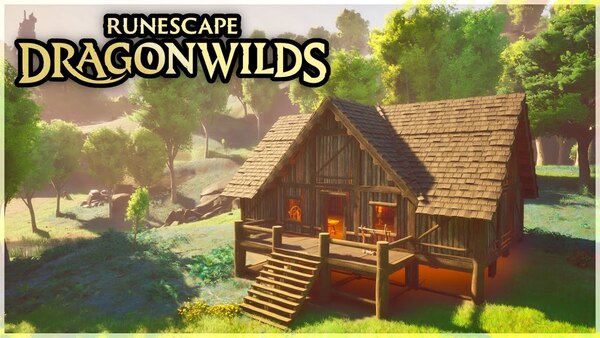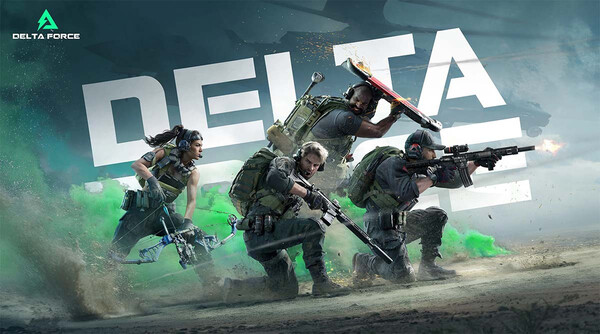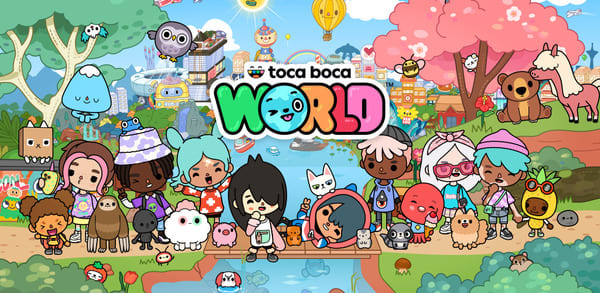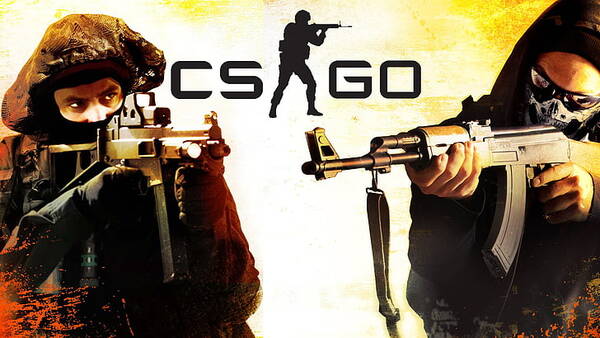Sonic the Hedgehog™ Classic is more than just a retro platformer—it’s a cornerstone of gaming history. Originally launched by SEGA in 1991 for the Sega Genesis (Mega Drive), it introduced players to an iconic blue blur whose speed would define a generation. Today, it remains relevant thanks to mobile re-releases and remasters, captivating both nostalgic fans and a new audience. This article offers a comprehensive, expert-level review of Sonic the Hedgehog™ Classic, exploring its development, gameplay, cultural impact, strengths, weaknesses, and long-term legacy.
1. The Birth of Sonic the Hedgehog™ Classic
Sonic the Hedgehog™ Classic was SEGA’s answer to Nintendo’s Mario in the early ’90s. SEGA needed a mascot that embodied speed, attitude, and style.
Concept and Development
SEGA tasked Yuji Naka, Naoto Ohshima, and Hirokazu Yasuhara with designing a game that emphasized quick reflexes and vibrant graphics. They created Sonic, a blue hedgehog with the ability to run faster than any character seen before in video games.
Launch and Initial Reception
Released in June 1991, Sonic the Hedgehog™ Classic was a critical and commercial success. It sold over 15 million copies, cementing SEGA’s position in the console wars and becoming a cultural phenomenon.
2. Core Gameplay Mechanics
Sonic the Hedgehog™ Classic is a side-scrolling platformer with a focus on speed, physics-based momentum, and exploration.
Movement and Controls
-
Run, Jump, and Roll: Sonic can sprint, jump, and roll into a ball to defeat enemies and navigate through loops and ramps.
-
Ring Collection: Rings act as both currency and a form of protection. Collecting 100 rings grants an extra life.
-
Momentum Physics: Unlike many platformers of its time, Sonic’s speed and motion respond to slopes and gravity realistically.
Levels and Zones
Each world, called a “Zone,” is divided into Acts. Classic examples include:
-
Green Hill Zone
-
Marble Zone
-
Spring Yard Zone
-
Labyrinth Zone
3. Art Style and Soundtrack
Sonic the Hedgehog™ Classic stands out with its vibrant pixel art and unforgettable music.
Visual Design
SEGA’s use of bright, contrasting colors helped the game pop on CRT televisions. Sonic himself was designed to be easily recognizable even in motion.
Notable Artistic Elements
-
Parallax scrolling backgrounds
-
Detailed sprite animations
-
Iconic loops and corkscrews
Legendary Soundtrack
Composed by Masato Nakamura, the soundtrack includes instantly recognizable tracks like:
-
Green Hill Zone Theme
-
Marble Zone Theme
-
Special Stage Theme
The combination of fast-paced gameplay with catchy, layered music became part of the game’s identity.
4. The Rise of Sonic as a Pop Culture Icon
Sonic didn’t just stay within the gaming sphere. The character quickly grew into a multimedia icon.
Merchandising and Media
SEGA licensed Sonic for:
-
Cartoons
-
Comic books
-
Toys and apparel
The early ’90s saw two different Sonic animated series, further embedding him in pop culture.
Expansion Beyond Gaming
Sonic became synonymous with SEGA itself, appearing in commercials, theme park attractions, and eventually crossing into crossover titles like Super Smash Bros.
5. Evolution of Sonic Games Post-Classic
Sonic the Hedgehog™ Classic laid the groundwork for a massive franchise that has expanded across decades.
Direct Sequels
-
Sonic the Hedgehog 2 (1992)
-
Sonic CD (1993)
-
Sonic the Hedgehog 3 (1994)
These sequels refined the formula, introducing characters like Tails and Knuckles, and new gameplay elements such as the spin dash.
Modern Sonic Games
From Sonic Adventure on the Dreamcast to Sonic Generations, the franchise has seen both highs and lows but always retained its core identity rooted in speed and style.
6. Sonic the Hedgehog™ Classic on Mobile Platforms
SEGA has kept Sonic the Hedgehog™ Classic alive for new audiences through mobile adaptations and ports.
Mobile Release
SEGA Forever, SEGA’s mobile initiative, re-released Sonic the Hedgehog™ Classic for iOS and Android. These versions include:
-
Save state functionality
-
Enhanced graphics options
-
Controller support
Performance and Accessibility
These releases ensure younger players can experience the game without needing retro hardware. The touch controls are functional but often less precise than physical controllers.
7. Speedrunning and Competitive Community
Sonic the Hedgehog™ Classic has a dedicated speedrunning community that keeps the game alive decades after its release.
Speedrun Categories
-
Any%
-
100%
-
Glitchless
Speedrunners leverage momentum physics and shortcuts to complete the game in under 20 minutes in some cases.
Community Platforms
Most activity occurs on sites like Speedrun.com and streaming platforms like Twitch, where dedicated fans push the limits of the game.
8. Sonic’s Lasting Influence on Platformers
Many modern indie and AAA platformers borrow elements introduced in Sonic the Hedgehog™ Classic.
Legacy in Game Design
Elements like:
-
Momentum-based movement
-
Branching paths in levels
-
Time attack modes
Have appeared in games such as Freedom Planet and even in AAA titles like Crash Bandicoot.
Sonic-Like Indie Games
A subgenre of Sonic-inspired platformers exists, demonstrating just how impactful the original formula was.
9. Final Verdict: Why Sonic the Hedgehog™ Classic Still Matters Today
Sonic the Hedgehog™ Classic remains more than just a nostalgia trip. It’s a touchstone in game design, music composition, and character branding.
Who Should Play?
-
Retro gaming fans
-
Platformer enthusiasts
-
Younger players discovering gaming history
Closing Thoughts
While newer Sonic titles offer modern visuals and features, there’s something timeless about the original. Its simplicity, speed, and style endure, making Sonic the Hedgehog™ Classic a must-play for any serious gamer.


















